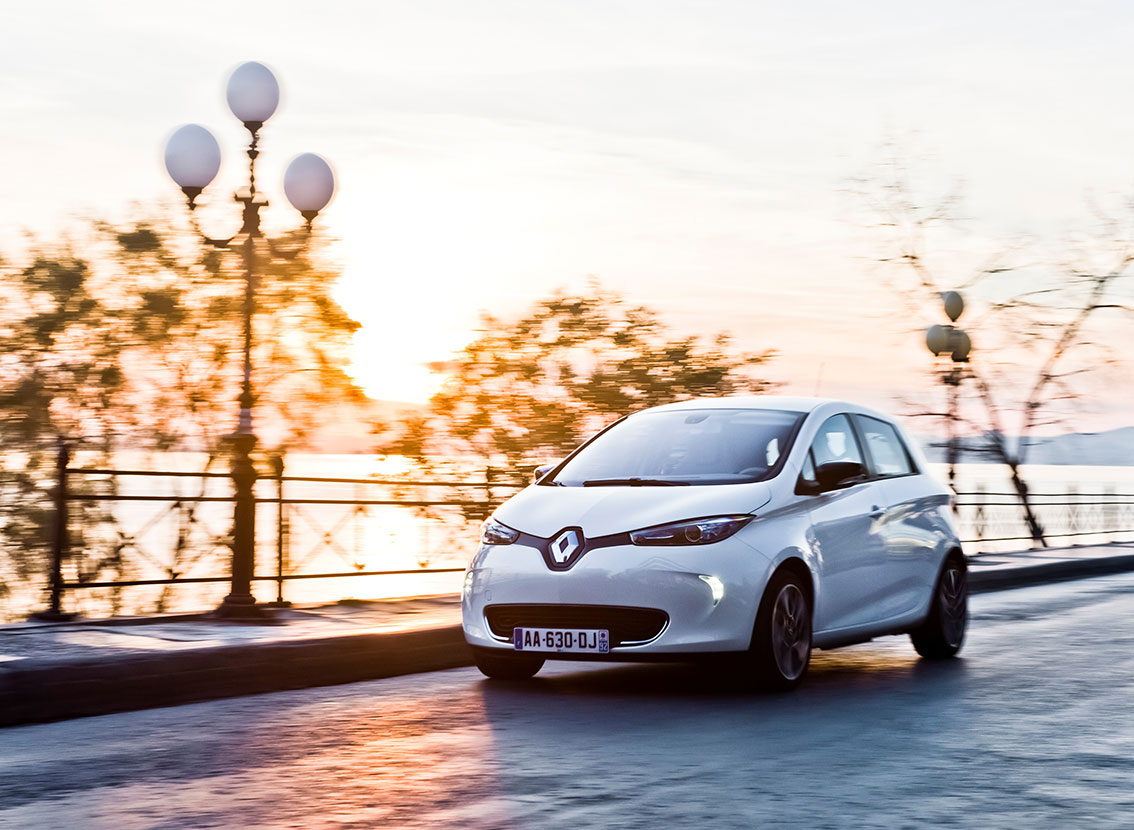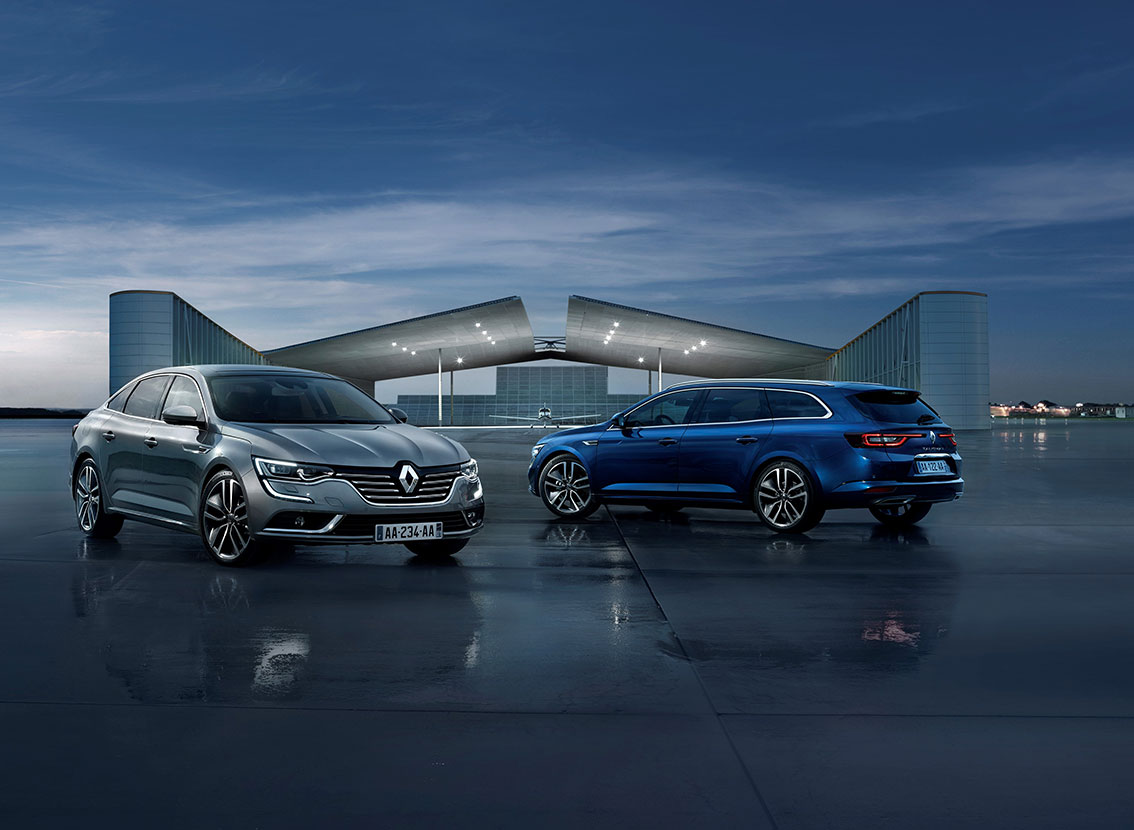Aquaplaning
Text : Mariola Weindich-Mašek, photos: press release
5 November 2018
Every driver knows how dangerous wet surface and excessive speed can be. However, not everyone knows what aquaplaning is, known also as a hydroplaning, what to do to avoid it, or control the car safely, when it takes place. Aquaplaning is a very dangerous incident that can happen when we move very fast. When you accelerate - a tire is not fast enough to remove water accumulated in it, as a result the tire loses its contact with the ground. At this point the driver loses his control of the car.

The risk of aquaplaning can be caused by several factors:
- Speed - the faster you drive, when the road is wet, the less grip our wheels have, and the likelihood of going into a skid increases significantly. -When it is raining, you have to drive slowly, controlling the speed and adjusting it to the road conditions all the time- says Zbigniew Weseli, director of Renault Safe Driving School.
- Condition of tires - damaged, worn out or old tires are bad with removing excess water under the wheels and thus they increase the possibility of aquaplaning. Therefore, you should regularly check the condition of the tires and check if they are not worn out.
According to EU regulations, acceptable minimum tread depth is 1,6 mm and it corresponds with the tread wear indicato TWI. For your own safety, it is the best to change tires, when tread is 3-4 mm, very often tires with lesser ratio do not fulfil their tasks well. Other factors influencing aquaplaning are: sudden braking, sudden pushing the accelerator pedal, or releasing it. Let us also remember that the road on bridges and viaducts is wet longer. In particular, we should watch out for smooth surfaces such as paving stones.
There is one way to avoid aquaplaning - slow down, or even better - drive slowly, which is not only safer, but also more ecological.


 PL
PL


